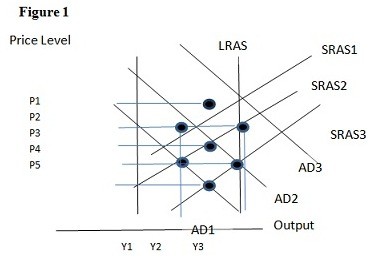Of the following high-income countries, which has the lowest number of MRI units per 1 million population?
A) Canada B) Japan
C) the United Kingdom D) the United States
C
You might also like to view...
Harry's employer offers a "Holiday Account," which means they will take $50 a month out of Harry's paycheck and deposit it into this account throughout the year. In December, they give Harry the money in the account to spend during the holidays. Harry regularly carries about $200 of credit card debt each month. Harry's decision to set aside some of his money in this account is an example of:
A. ignoring the fungibility of money. B. recognizing that money is fungible. C. needing to categorize expenditures to make rational decisions about money. D. being rational.
Ability bias can arise when estimating compensating wage differentials associated with various job characteristics. What is ability bias in this context?
A. High-skilled workers are likely to have higher wages than unskilled workers but to have worse job amenities. B. High-skilled workers are likely to have higher wages than unskilled workers, but they are also likely to trade some of their higher wages for better job amenities. C. High-skilled workers are likely to have lower wages than unskilled workers but to have better job amenities. D. Low-skilled workers are likely to have low wages but good job amenities. E. High-skilled workers are likely to have high wages but poor job amenities.
Using Figure 1 above, if the aggregate demand curve shifts from AD3 to AD2 the result in the short run would be:
A. P3 and Y1. B. P2 and Y1. C. P2 and Y3. D. P1 and Y2.
Which of the following types of shareholders can be categorized under institutional investors?
A. Inventory suppliers B. Traders C. Blockholders D. Insurance companies